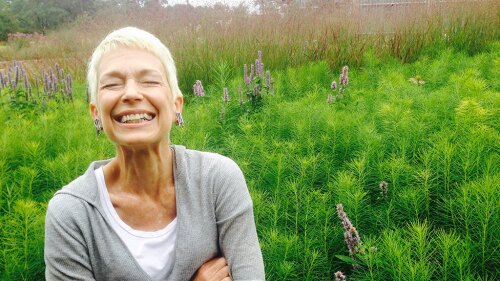We are looking at a likely future of remaking places, including retrofitting suburbia instead of endlessly building new subdivisions at the edges, and interspersing agriculture at a variety of scales with community building.
Elizabeth Plater-Zyberk, dean of the Architecture School at the University of Miami and founding partner of DPZ/Duany Plater-Zyberk & Company, was one of the earliest proponents of new urbanism, along with her husband Andrés Duany. Here she answers a few questions for Urban Land about residential development today.
Which circumstances are at the forefront of the need to reconsider how we develop communities or plan towns?
Economic, environmental, and energy issues are causing us to reassess the ever-wider extension of our metropolitan areas. These factors are likely to grow, including transportation concerns. While much of suburbia will stay in place, I think we’re looking to a near future of remaking shopping centers, office parks, and apartment complexes as the new town centers of suburban areas.
As a generation of empty nesters seeks to downsize, many find they have to leave their communities in order to do so. And they’re already seeking walkable, mixed-use communities close to their old home. Not everyone is moving to the Sunbelt.
Where do you find the most resistance to new urbanism models of town planning or community building?
Resistance comes from many quarters. It has not been easy to produce new urbanism in real estate development, not because of a lack of market, but because the message of real estate development production has been so proscribed—from market studies that look back at success rather than forward to needs, to finance projects organized according to the separation of use (some people finance housing and some people finance retail, which precludes mixed use), to the scale of production (which promotes many repetitions of the same thing rather than diversity), to the regulatory framework that promotes low-density separation of uses.
We are looking at a likely future of remaking places, including retrofitting suburbia instead of endlessly building new subdivisions at the edges, and interspersing agriculture at a variety of scales with community building.
New urbanism has always been cognizant of development processes, and impediments in the world of development are fast falling. New urbanism will be on an equal footing or even preferred with the development of recent decades.
A different kind of resistance exists among architects. While there is a cadre of excellent designers producing beautiful buildings of every density, scale, and style in new and old urban places, there is still a part of the profession that insists that individual creativity is more important than accommodating an aggregate urban character.
What does your work currently entail?
A lot of my professional efforts recently have been devoted to working with the city of Miami to write and implement new zoning codes, called Miami 21. It supports prior codes while promoting a building face for the public realm. The streets and avenues of the city will encourage pedestrian activity and a beautiful urban character.
We just opened the Masters of Real Estate Development and Urbanism program, a yearlong program that engages the university’s business and law faculty.
Real estate and urban design students work with faculty on a redevelopment plan in a public process with leaders and stakeholders in the community. It’s a great program.
What’s up ahead for development?
I have a strong sense that we’re looking at a future in building development that’s going to be very different from what we’re used to. The energy question is not going away, and the built environment needs to prepare for it.
People are seeking new kinds of housing; there is an economic emphasis on small. There are contexts to consider—historic, cultural, economic, environmental, and social. That’s a lot of context for what might essentially be small actions.




